Gentlemen’s Guide: Bangkok’s 5 Best Barber Shops
These top 5 barber shops in Bangkok are where gentlemen can elevate ...
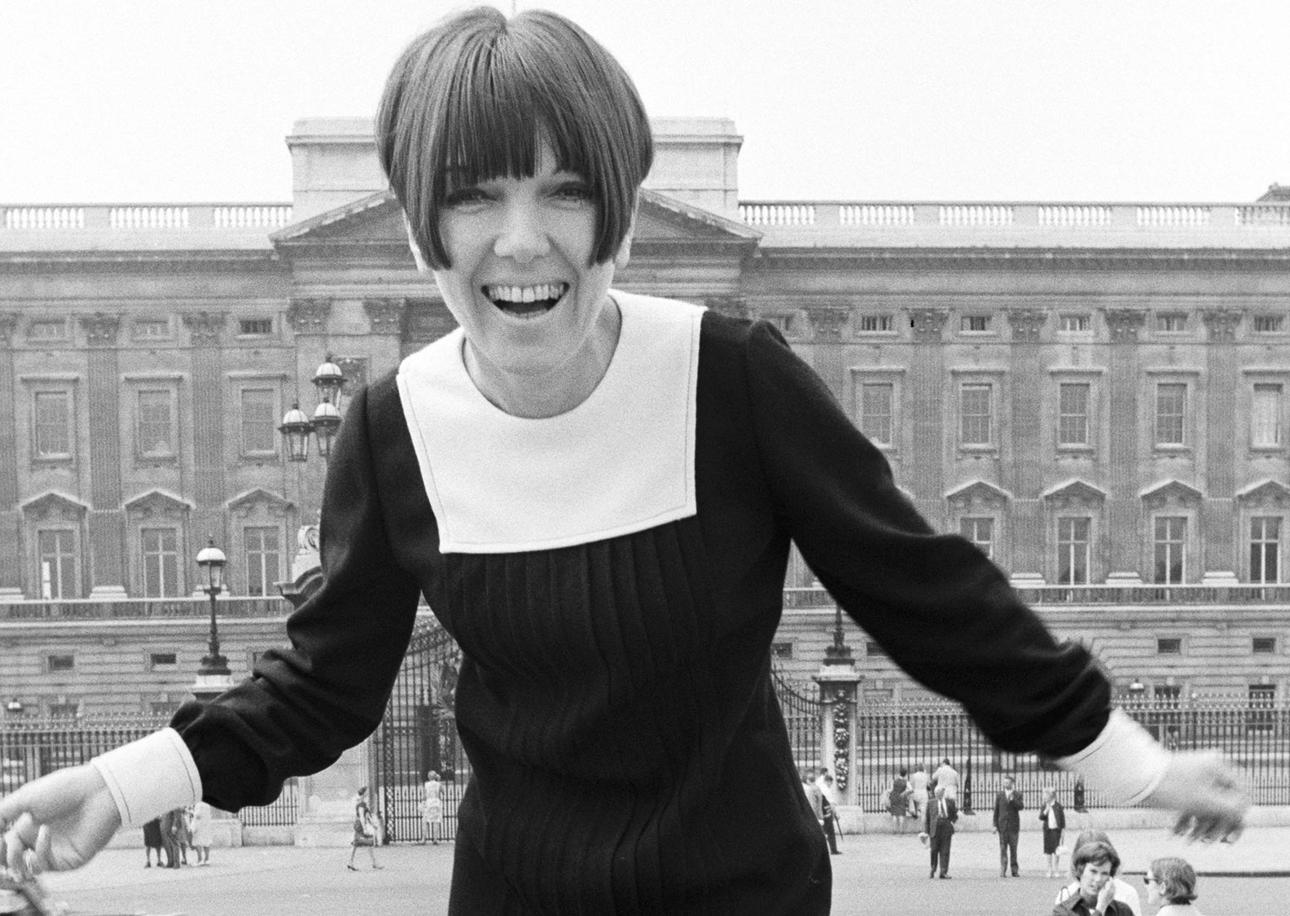
Legendary British designer Dame Mary Quant passed away at the age of 93 peacefully at her home in Surrey last week. If you haven’t heard of her, she was the driving force of the 60s shift in fashion which appealed widely to a generation of young women in post-war Britain.
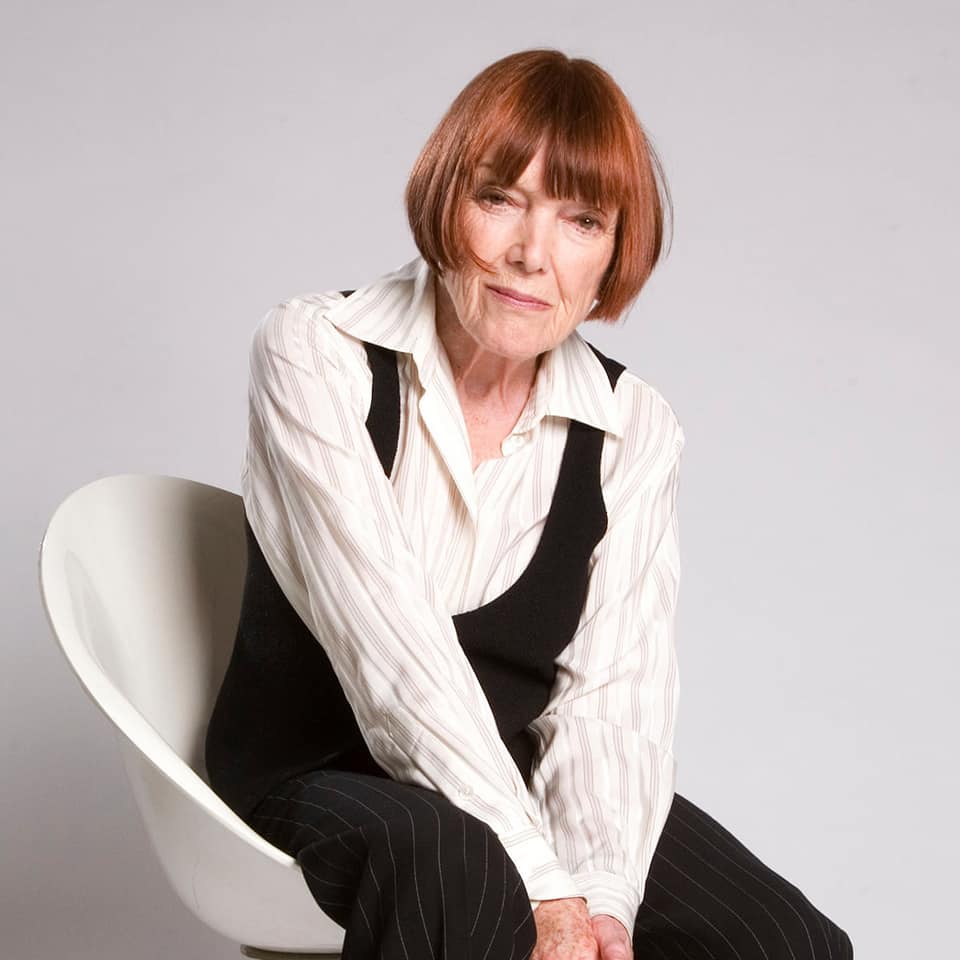
Taking inspiration from the counterculture scene that sprung up in west London in the 1950s, her clothes were bright, colourful, comfortable, and simple. Credited with popularising the miniskirts that helped define the Swinging ’60s, she is so much more than that. Praised for being an innovator for decades, she explored geometric designs, contrasting colours, polka dots, women’s trousers, while her models were showcased in extravagant window displays which turned into a miniskirt catwalk that attracted American photographers to capture Swinging London. She took cues from Mod fashion, designed clothes that were practical and made women feel comfortable in them, subverted traditional gender roles, transformed cosmetics, rainwear, shoes and boots, home furnishings, and a broad range of other products, all packaged with the daisy logo.
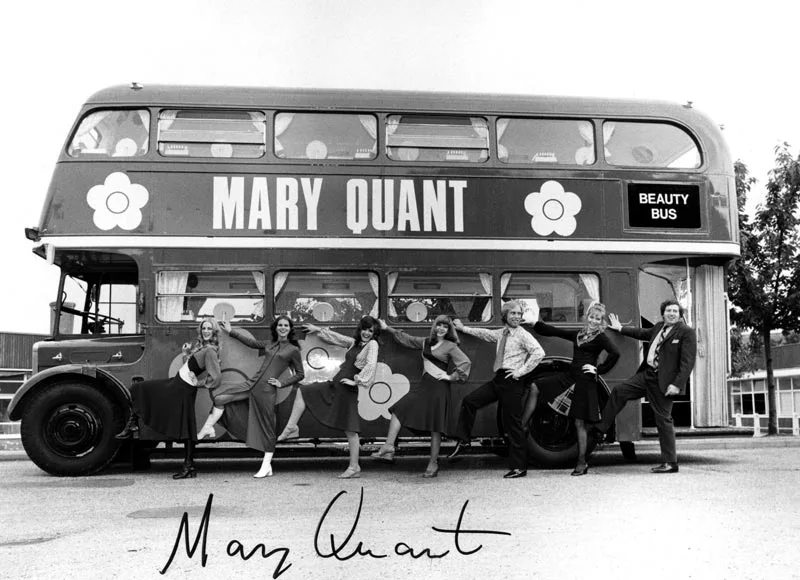
In her book Quant by Quant 1966, she wrote, “City gents in bowler hats beat on our shop window with their umbrellas shouting ‘immoral!’ and ‘disgusting!’ at the sight of our miniskirts over the tights, but customers poured in to buy.”
Her talent quickly unravelled shortly after opening her first shop Bazaar in the King’s Road in 1955. Bazaar sold clothes, accessories and also had a basement restaurant that also turned into a meeting point for young people and artists. In a blink of an eye, the whole Chelsea district was captivating celebrities like Audrey Hepburn, Brigitte Bardot, the Beatles, and the Rolling Stones.
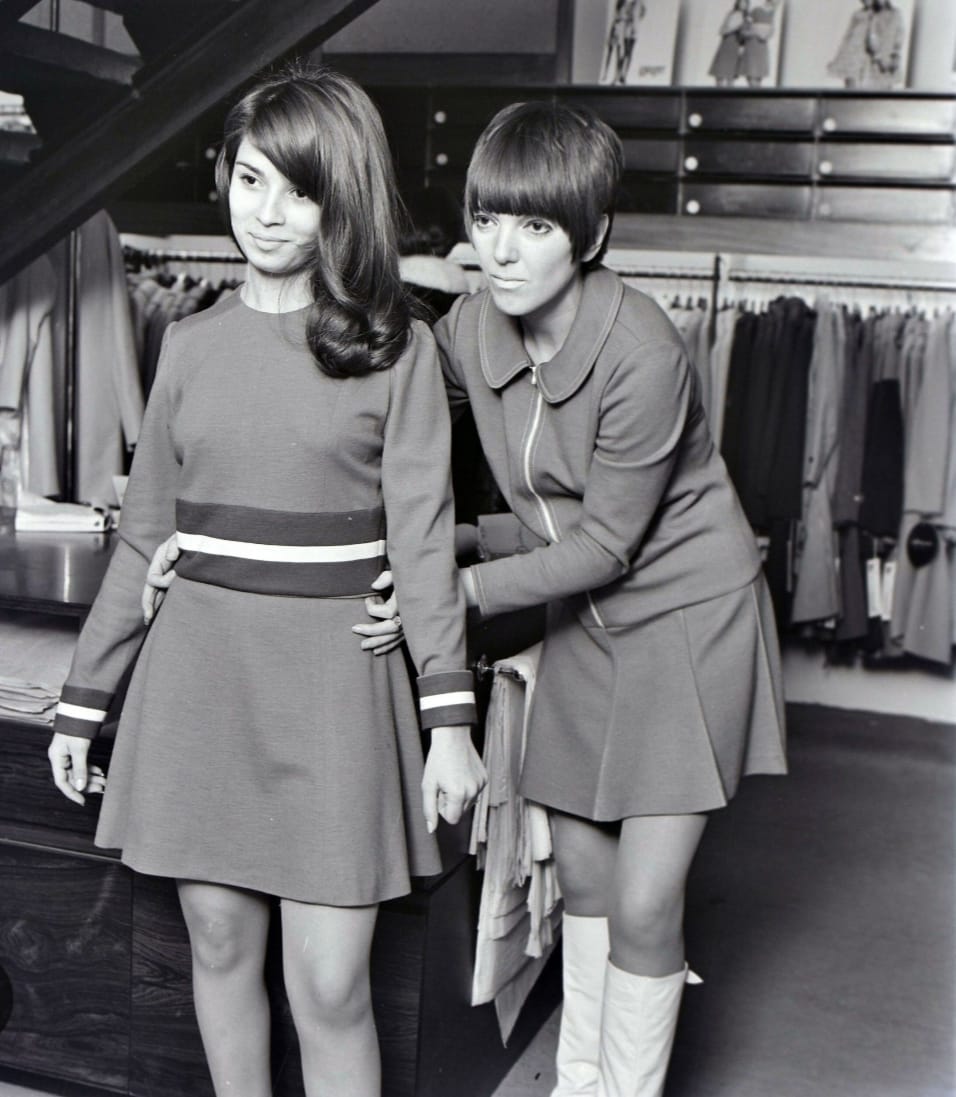
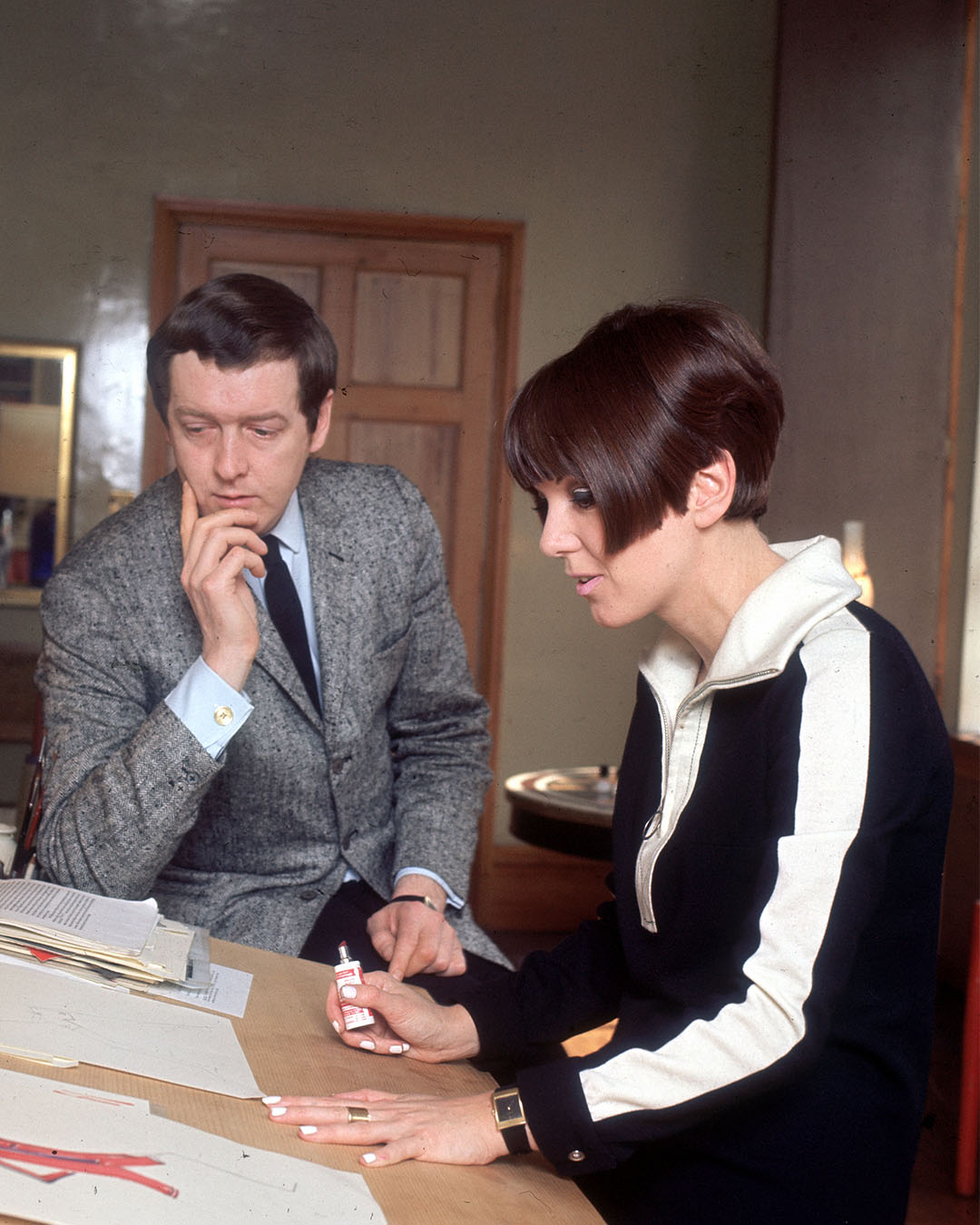
For over 60 years, Quant has been a trailblazer for fashion, design, and retail with her pioneering clothes and accessories. Her work has also been displayed in museums worldwide.
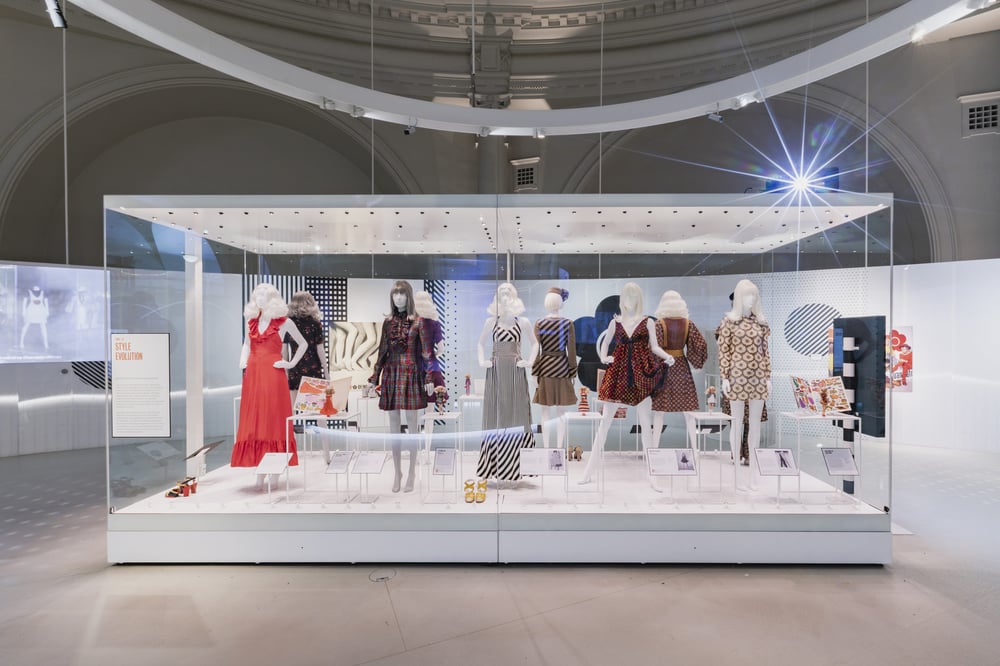
“It’s impossible to overstate Quant’s contribution to fashion. She represented the joyful freedom of 1960s fashion, and provided a new role model for young women. Fashion today owes so much to her trailblazing vision,” said the The Victoria & Albert Museum on Twitter.
Dame Mary Quant (1930-2023)
It’s impossible to overstate Quant’s contribution to fashion. She represented the joyful freedom of 1960s fashion, and provided a new role model for young women.
Fashion today owes so much to her trailblazing vision. pic.twitter.com/4z3MXp0tZl
— V&A (@V_and_A) April 13, 2023
Needless to say, Quant was truly one of the most influential designers and made fashion accessible to people. Most of all, her influence is still felt around the world with the clothes we wear today.
These top 5 barber shops in Bangkok are where gentlemen can elevate ...
Wandering around the globe, try out the signature tastes of cultures across ...
We asked Thai actresses and got real stars, fictional heroes and everything ...
Pets, as cherished members of our families, deserve rights and protections that ...
Sailorr and Molly Santana’s black grills fuse hip-hop swagger with homage to ...
VERY THAI: In this regular column, author Philip Cornwel-Smith explores popular culture and topics ...
Wee use cookies to deliver your best experience on our website. By using our website, you consent to our cookies in accordance with our cookies policy and privacy policy